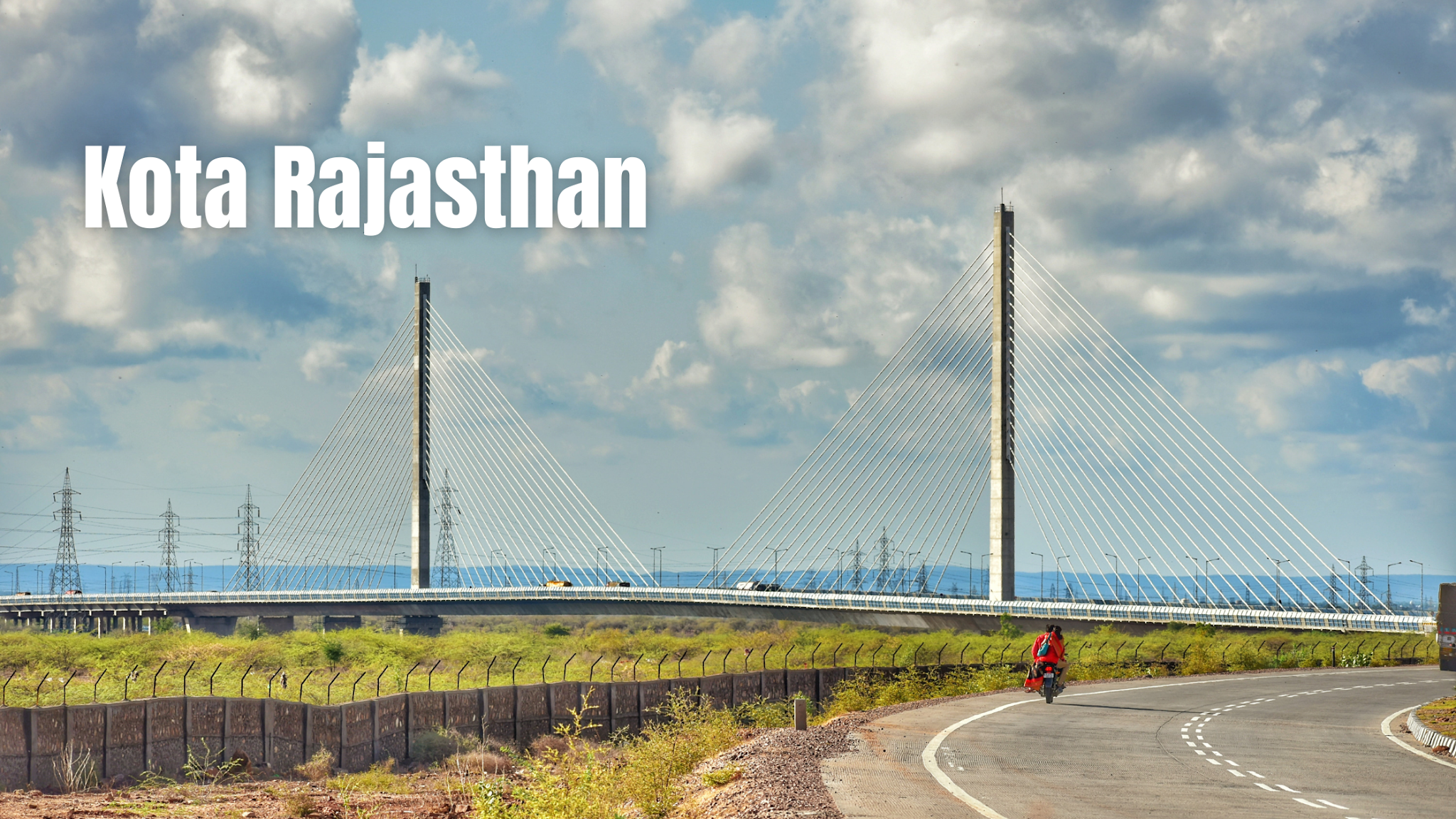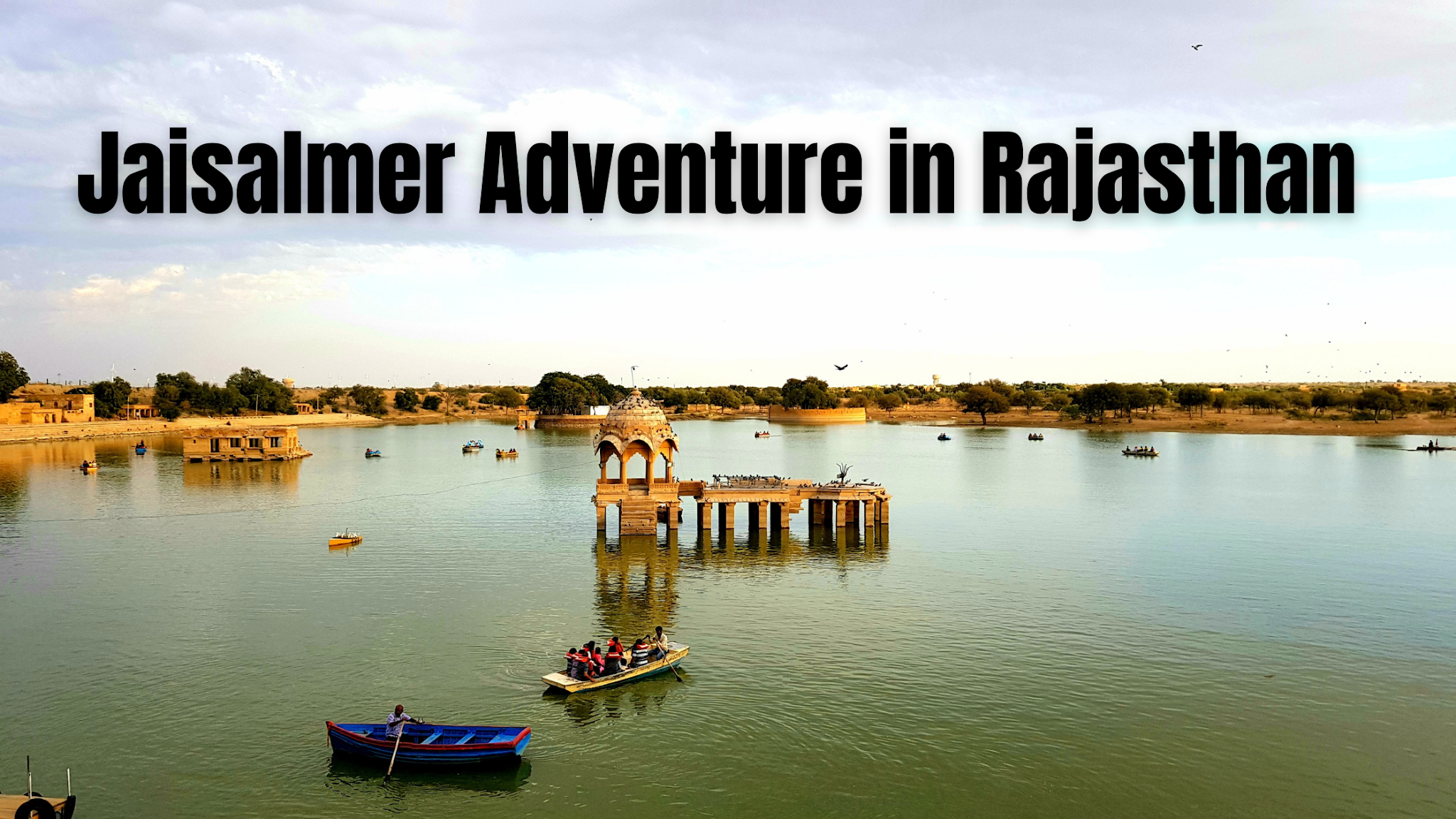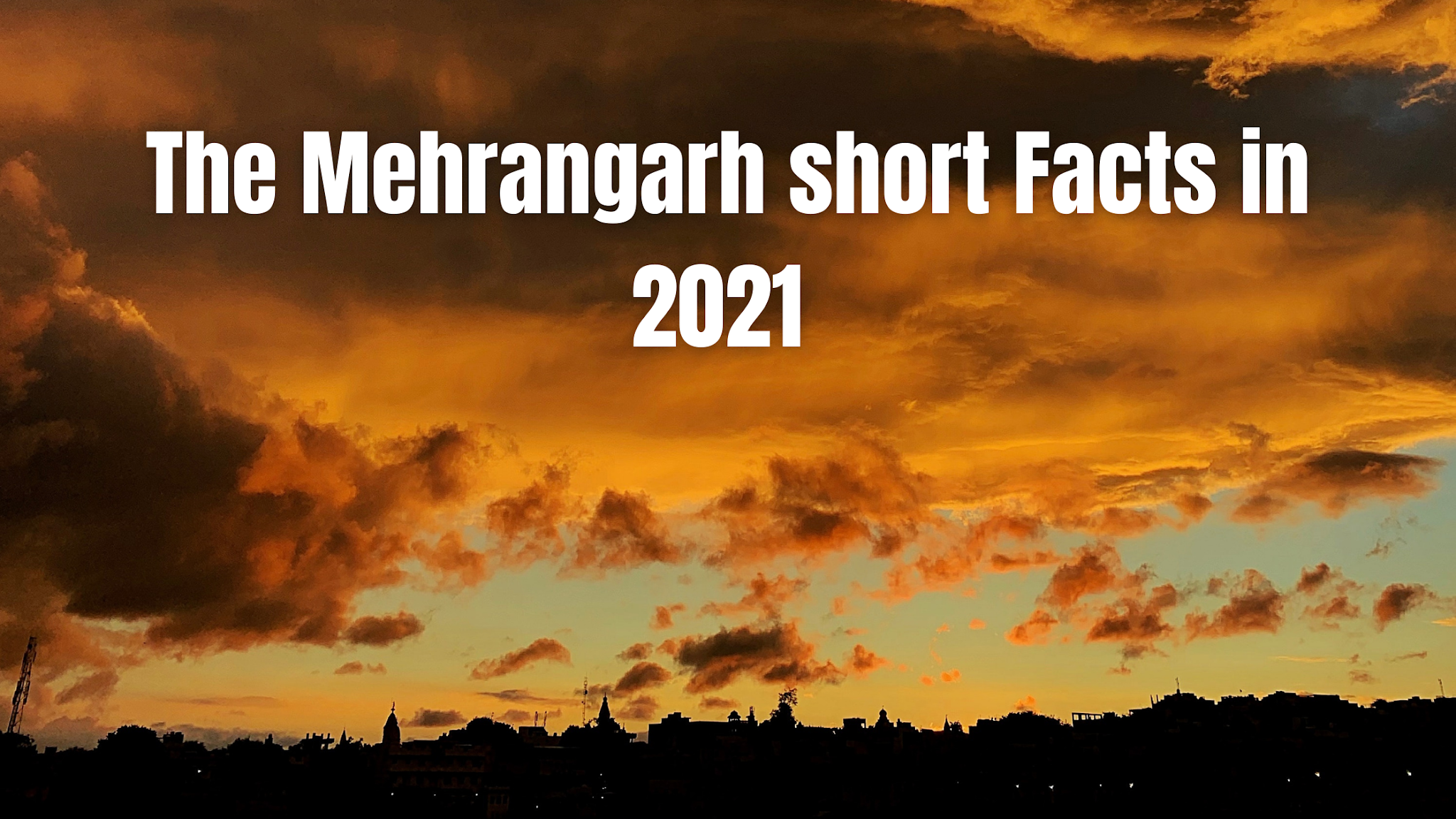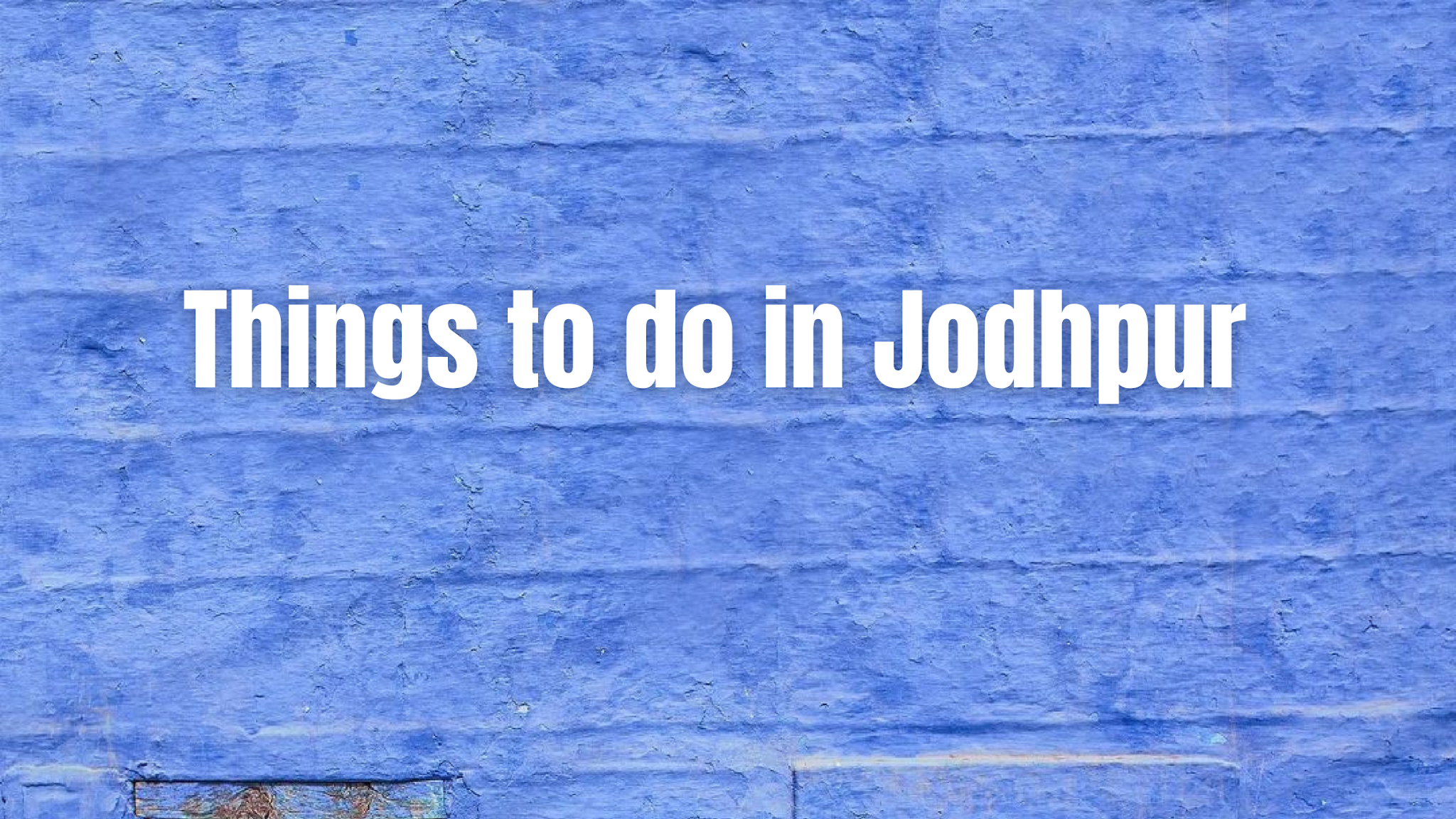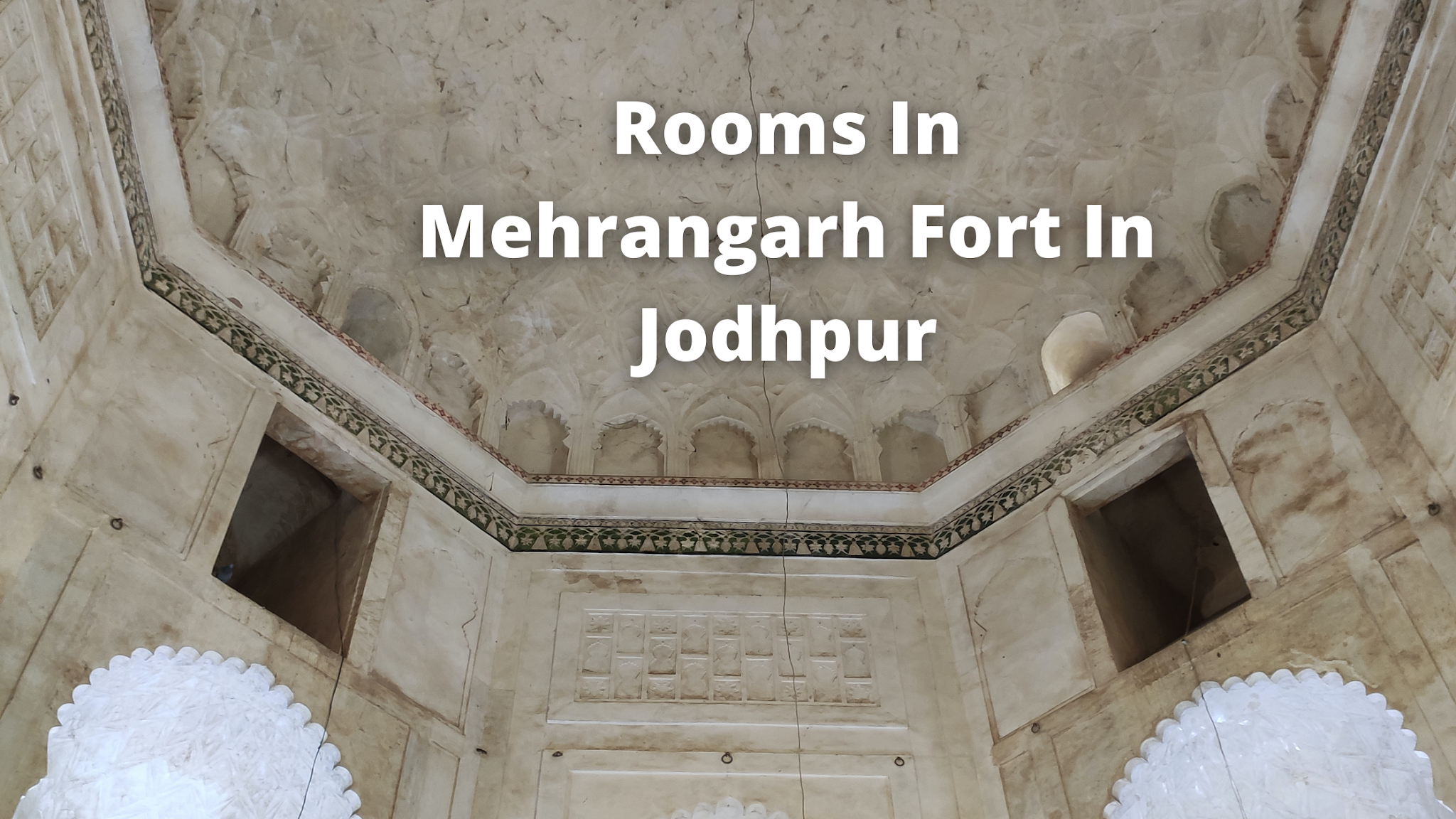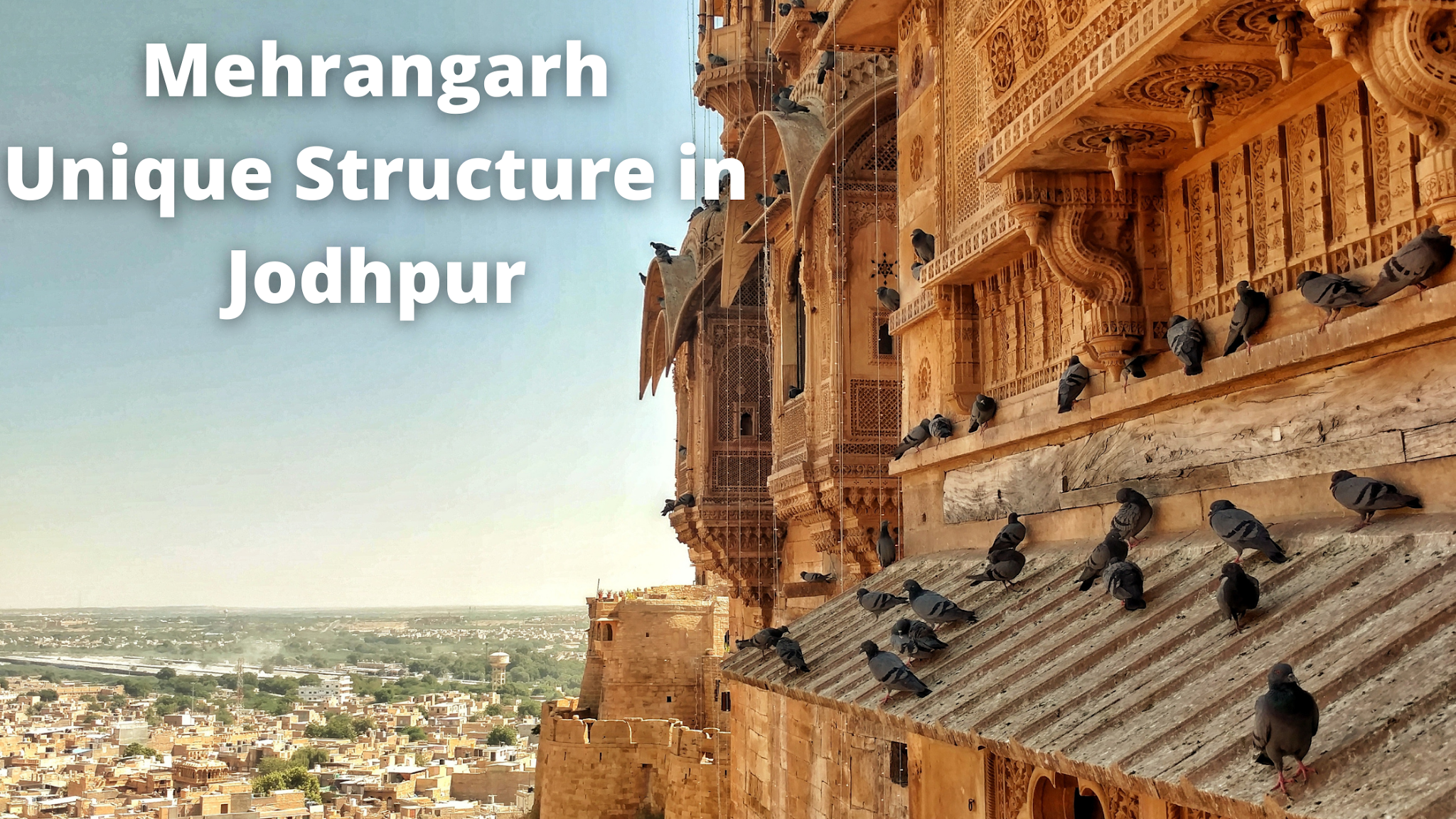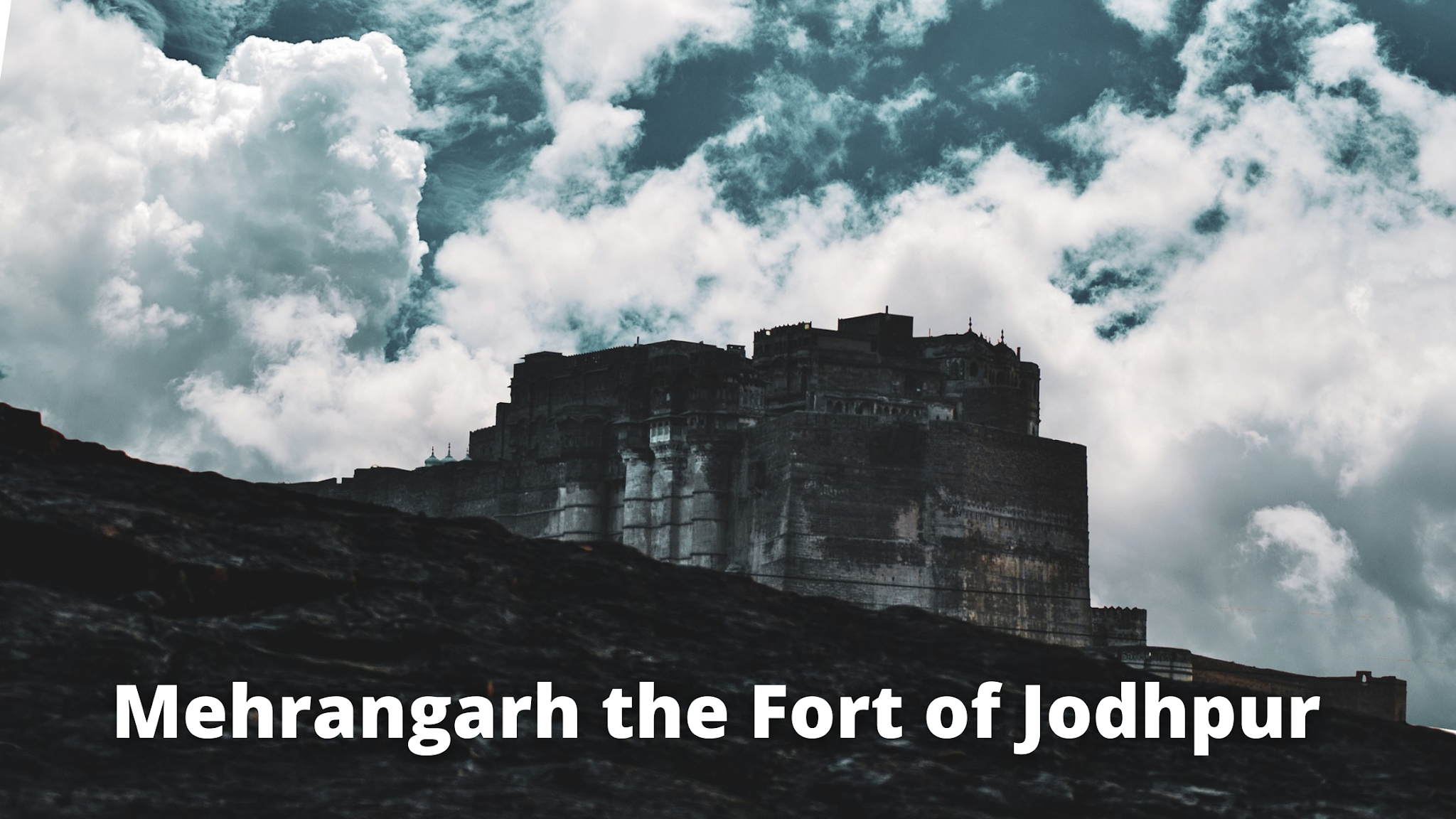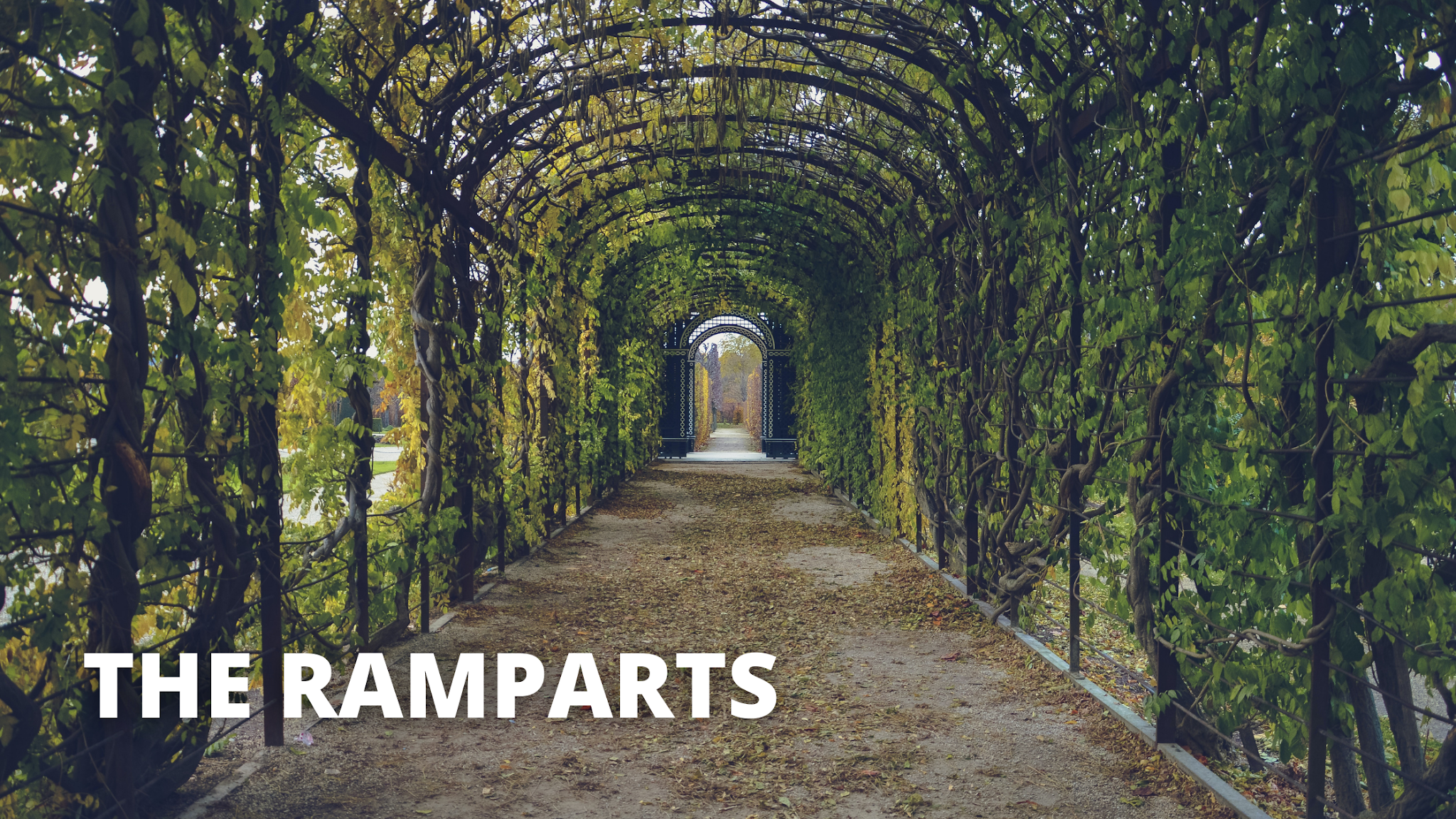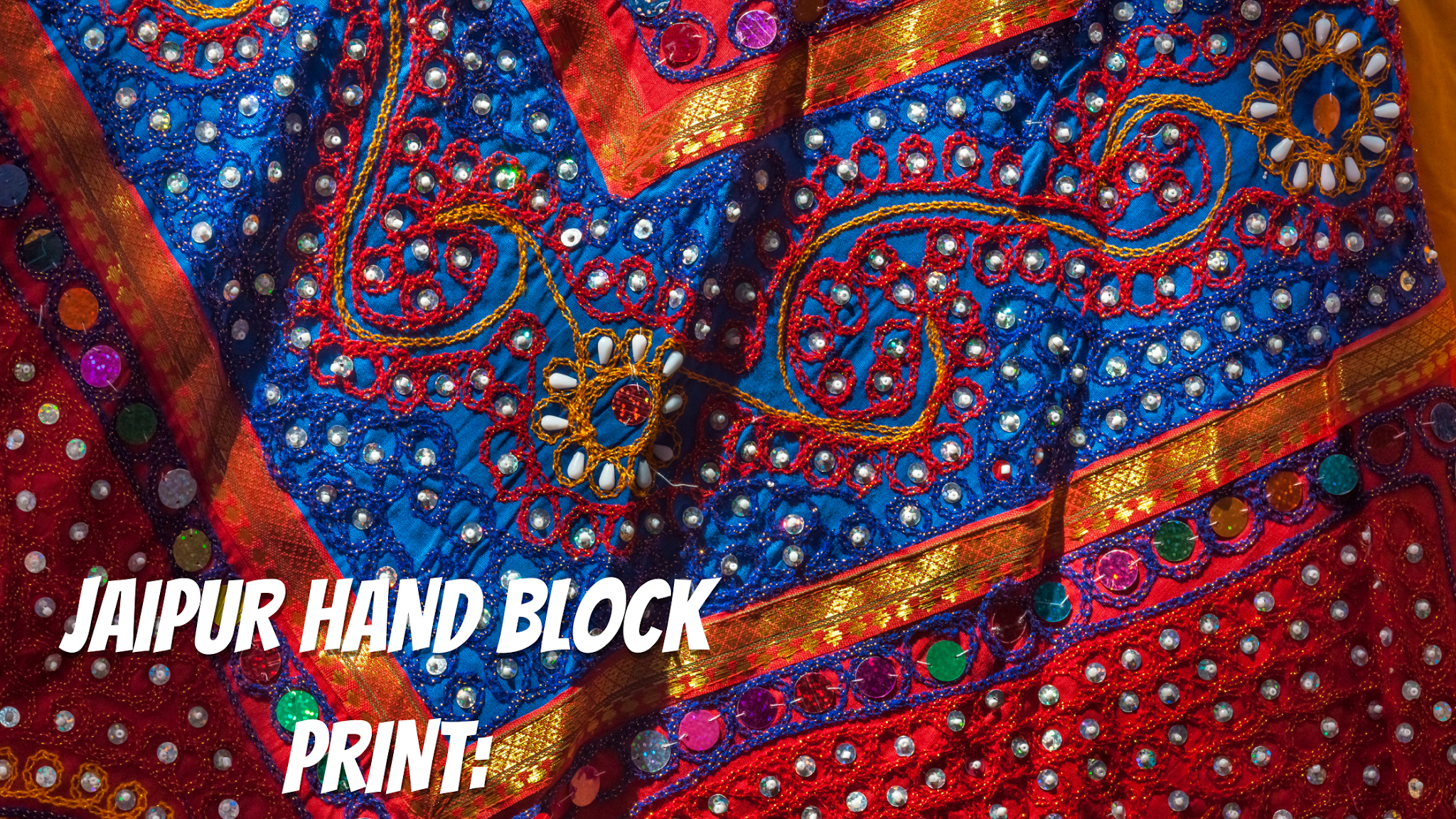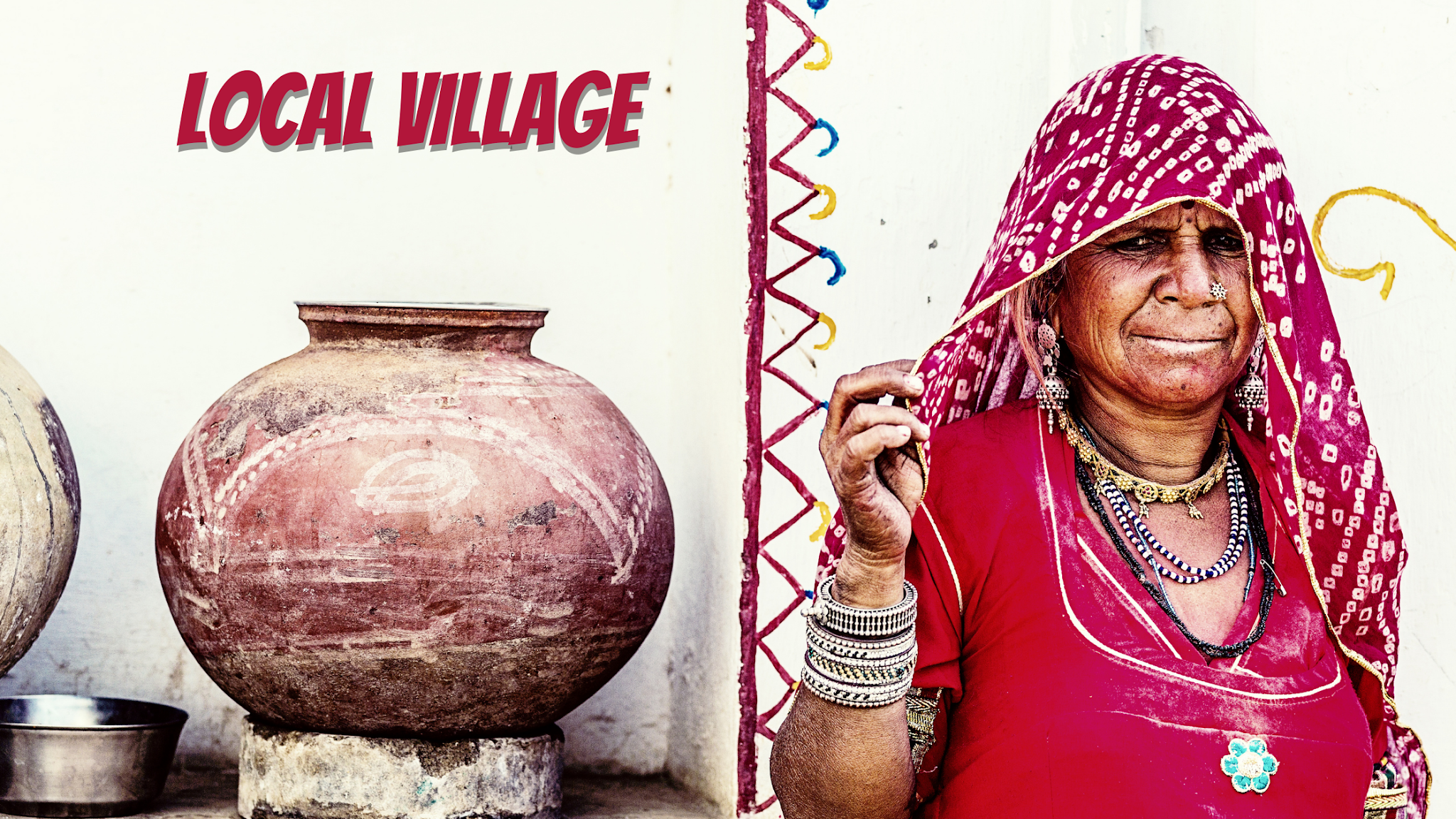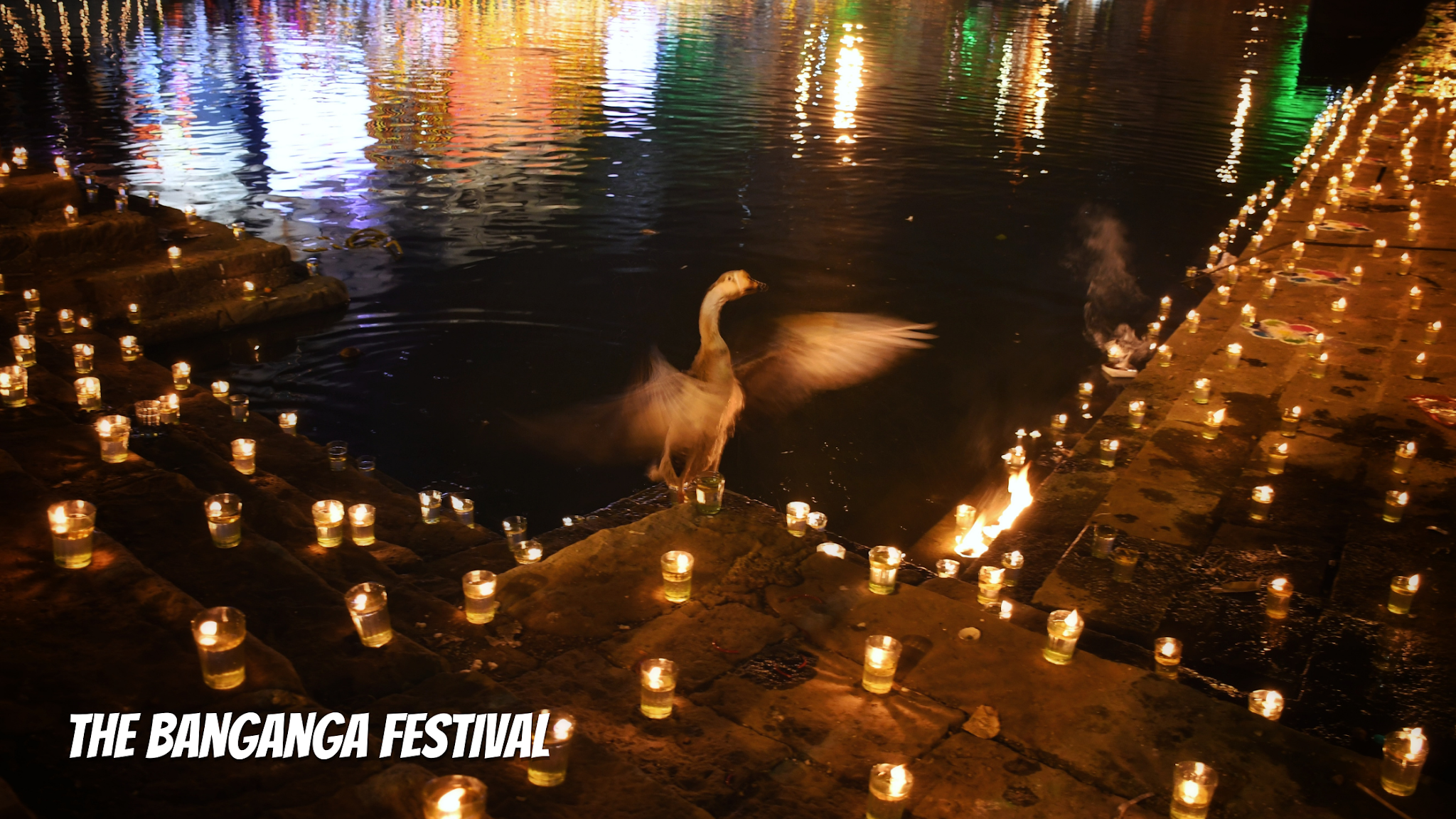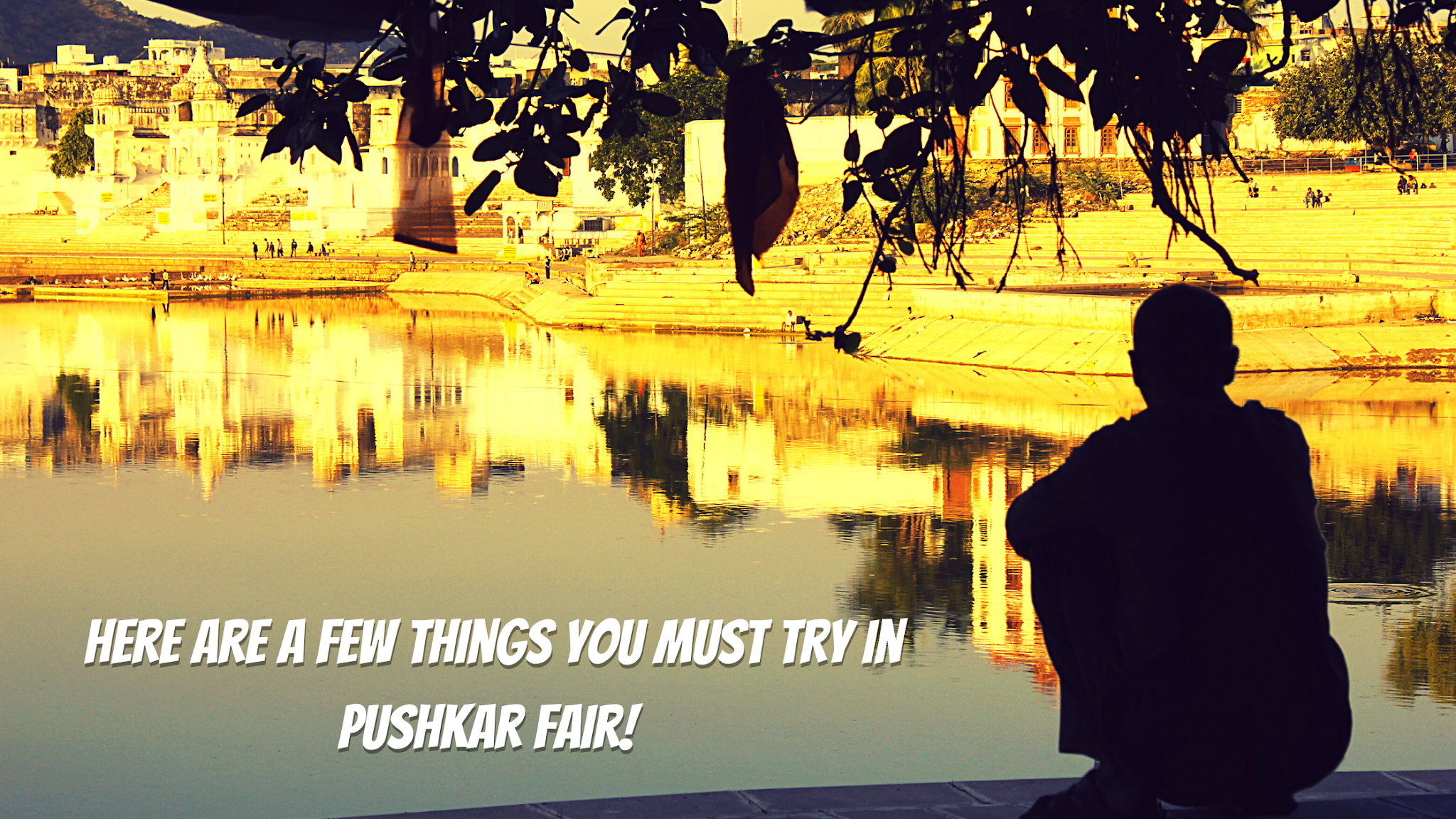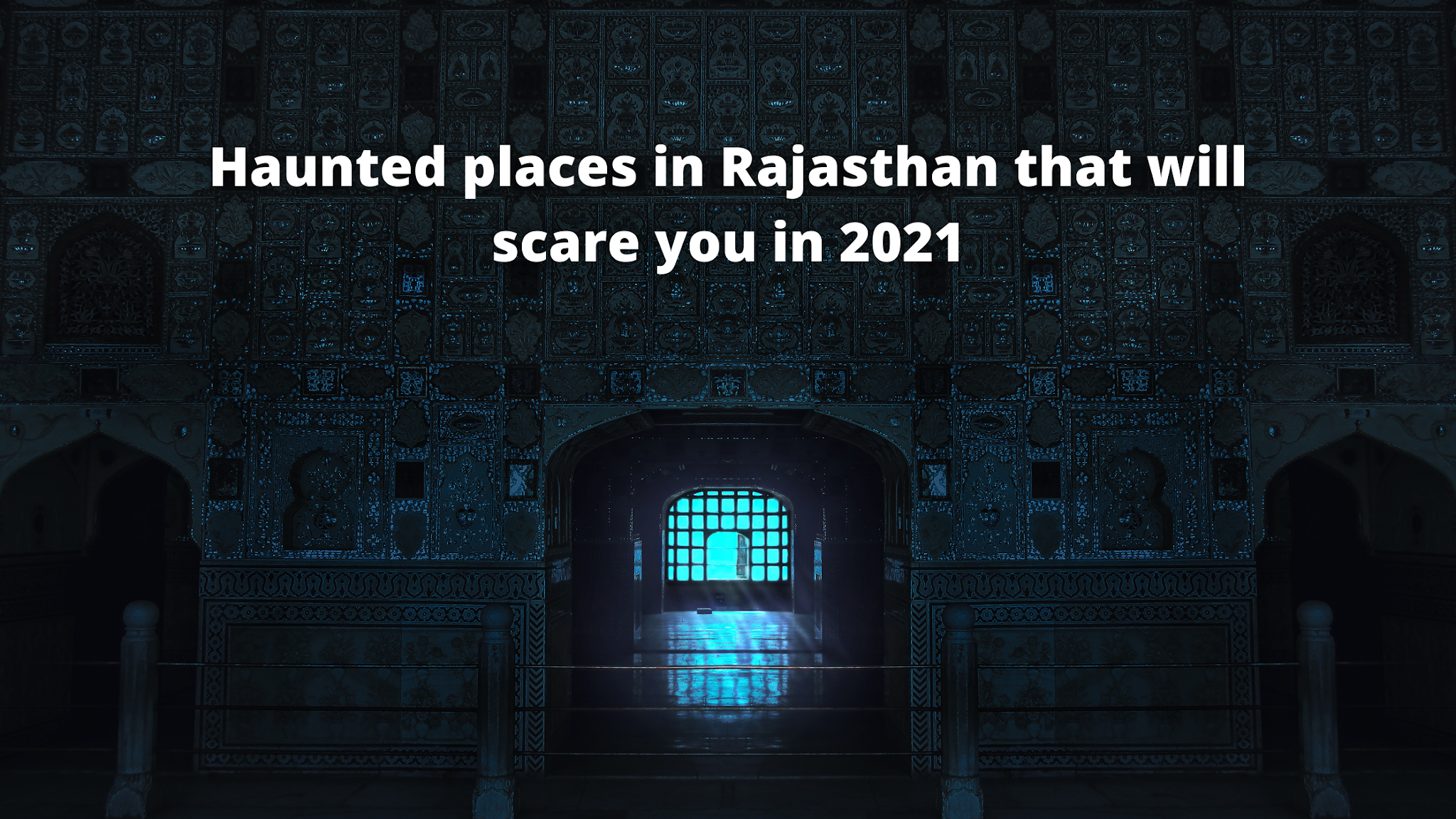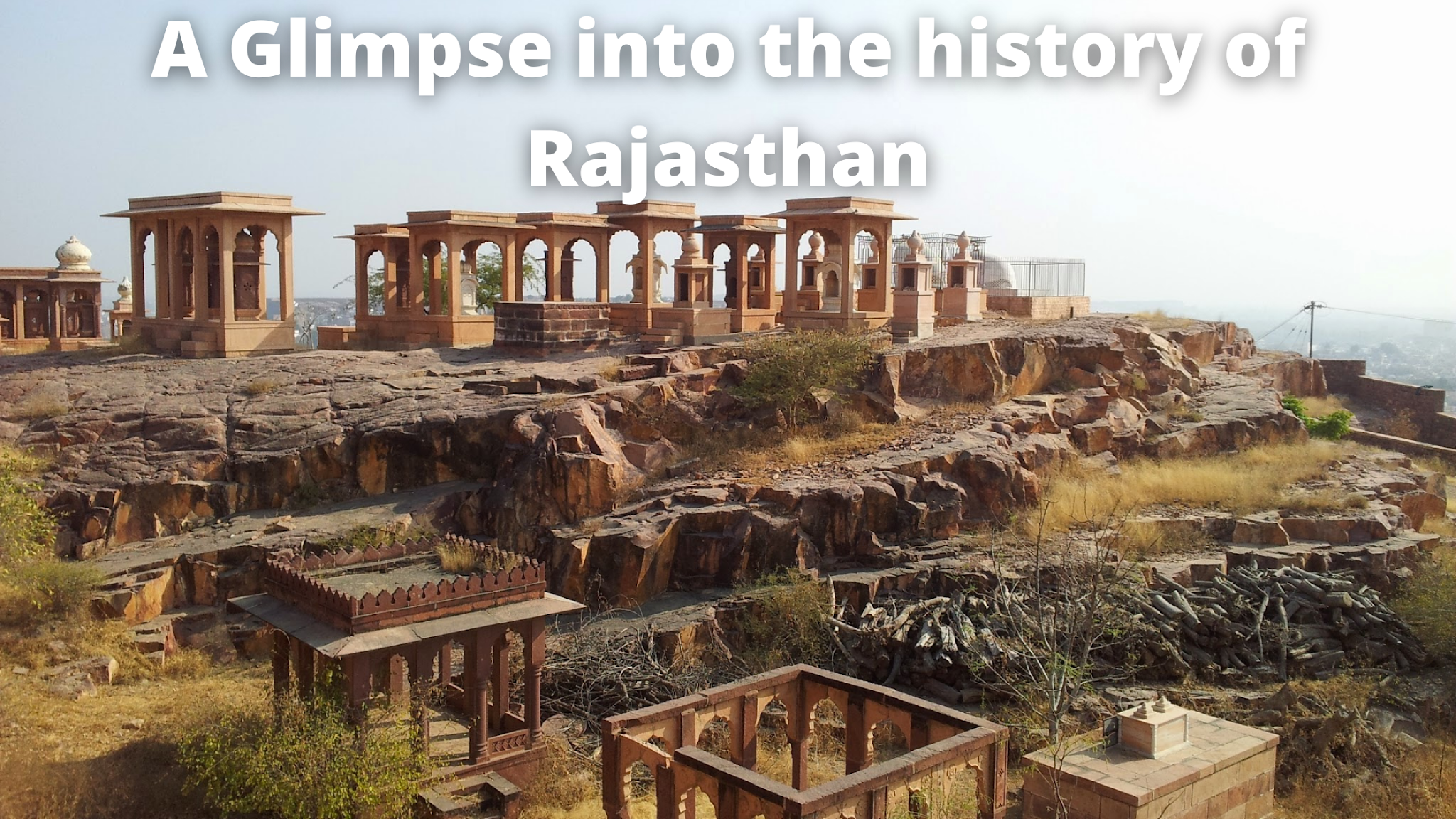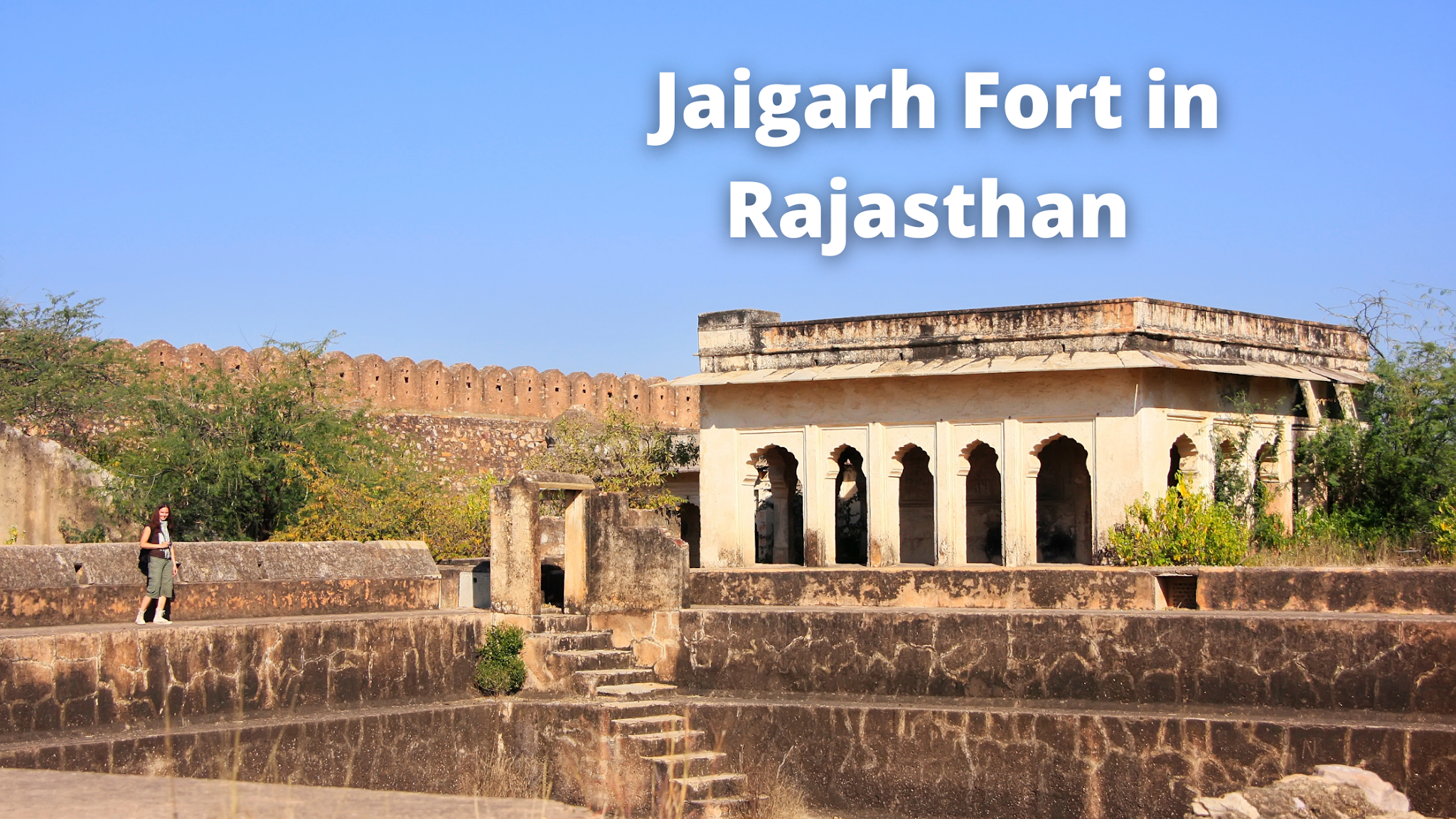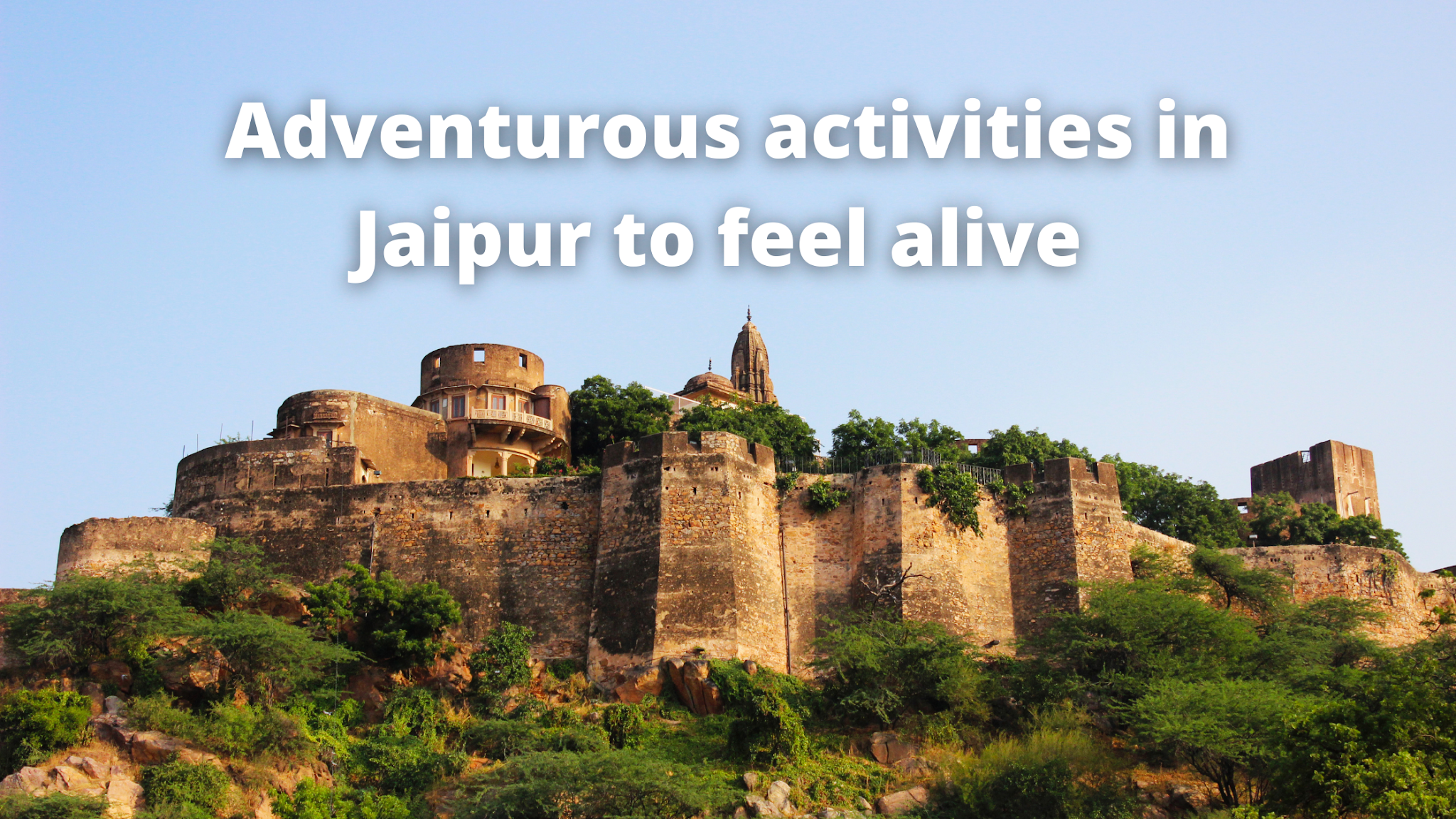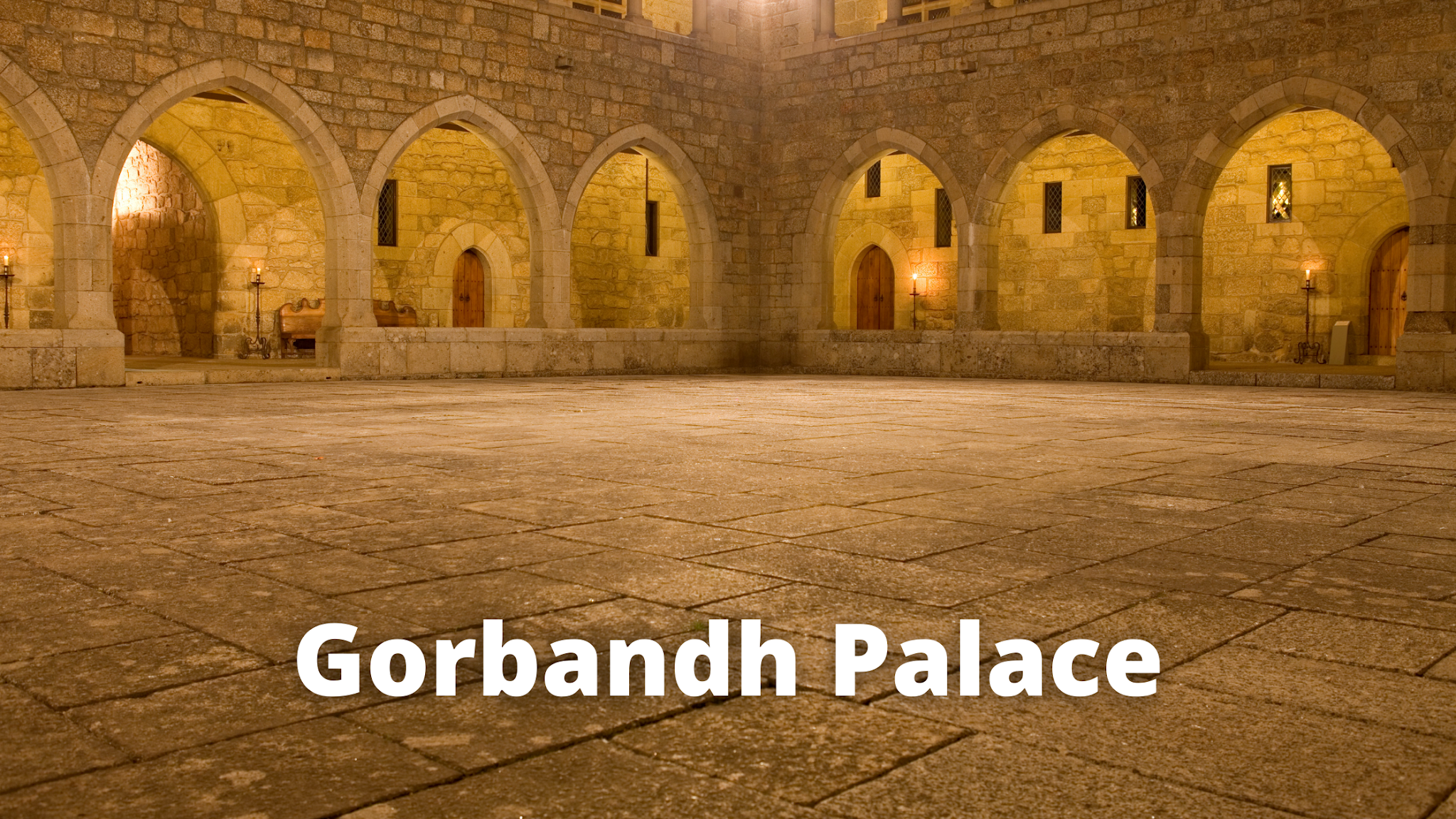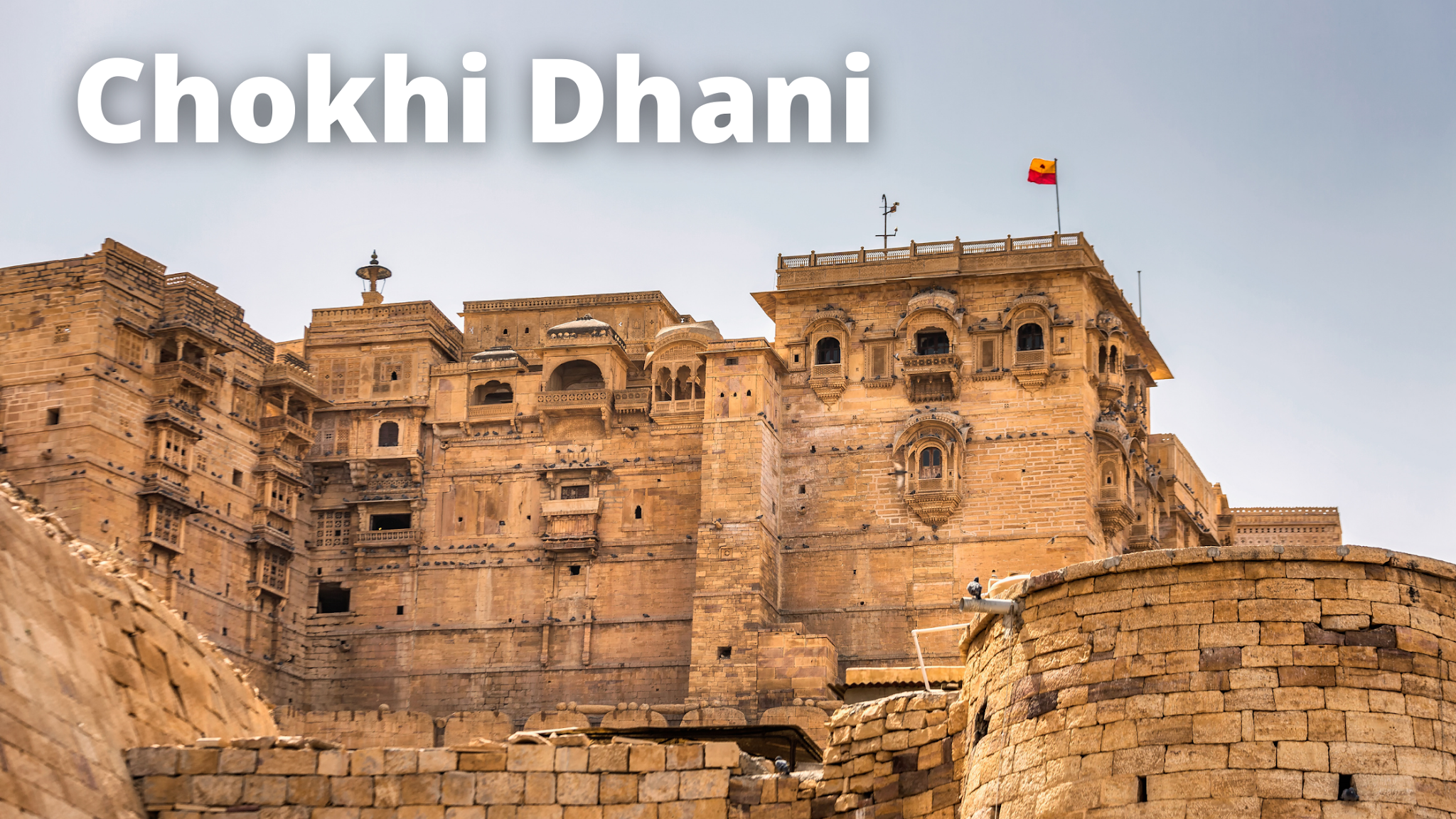The Overview
Kota previously referred to as Kotah, is the twenty-fifth largest district within the northern Indian state of Rajasthan. It is placed 240 kilometers (149 mi) south of the national capital, Jaipur. Situated on the banks of the Chambal River, and has been diagnosed as a counter-magnet city for the National Capital Region to draw migrants and broaden as an alternative center of growth to Delhi. It is the 47th most populous city in India.
Kota is famous for its education institutes for engineering and scientific entrance assessments. It is also known as "Education City of India".
Want to Travel more to Explore the Check out Cab Service in Jodhpur to get more Details about Rajasthan.
The city is the change center for an area wherein millet, wheat, rice, pulses, coriander, and oilseeds are grown; industries consist of cotton and oilseed milling, textile weaving, distilling, dairy, manufacture of metallic handcrafts, fertilizers, chemicals, and engineering gadget.
The city of Kota was once part of the erstwhile Rajput nation of Bundi. It became a separate princely state inside the 17th century. Apart from the several monuments that reflect the distinction of the city, Kota is likewise recognized for its palaces and gardens.
History
The records of the city date lower back to the 12th century A.D. While the Hada Chieftain, Rao Deva, conquered the territory and founded Bundi and Hadoti. Later, within the early seventeenth century AD in the course of the reign of the Mughal Emperor Jahangir, the ruler of Bundi -RaoRatan Singh, gave the smaller principality of Kota to his son, Madho Singh. Since then Kota has become a trademark of the Rajput gallantry and subculture.
The south-Japanese vicinity of Rajasthan referred to as Hadoti accommodates of Bundi, Baran, Jhalawar, and Kota is a treasure of records relationship returned to several centuries. Prehistoric caves, paintings, bold forts, and the strong Chambal River hurtling from the Vindhyas are dotted inside the area. When Jait Singh of Bundi defeated the Bhil Chieftain Koteya in a war, he raised the first battlement or the 'Garh' (fort) over his severed head. The Independent state of Kota have become a reality in 1631 while Rao Madho Singh, the second son of RaoRatan of Bundi became made the ruler, by the Mughal Emperor Shah Jahan. Soon Kota outgrew its parent kingdom to come to be bigger within the vicinity, richer in revenue and greater effective. MaharaoBhim Singh performed a pivotal role in Kota's records, having held a 'Mansab' of 5 thousand and being the first in his dynasty to have the title of Maharao. Kota is situated at the banks of the Chambal River and is rapidly rising as an essential industrial center. It boasts of Asia's largest fertilizer plant, precision instrument unit and atomic strength station close by. Surprisingly unexplored, the Kota place of Rajasthan has a few terrific treasures for the visitor to take domestic memories of. Its impregnable fortresses, sprawling palaces, exquisitely wrought palaces, and lovely waterways act as a surprising foil to its amazing flora and fauna and delicate fresco Paintings.
Deep In History
Situated on the banks of the Chambal River, at a vital juncture of the alternate direction between Delhi and Gujarat, Kota is Rajasthan's Fifth Largest City. This Bustling, sprawling metropolis is likewise called the industrial capital of the state. The tentacles of the contemporary global have the city in its grip with the Chambal Valley Project giving it a first-rate role on the country's business map. Chemicals, fertilizers, artificial fibers, records, and complex instruments, industry's mainstay, have helped in pushing this ancient town into the forefront of modernization. Yet memories of its ancient links linger strongly. Present-day Kota owes its foundations to a Kotya Bhil warrior who 800 years ago built a small fortification at Akelgarh and positioned up a shielding dust-wall around it all of the way to Retail. In 1580RaoMadho Singh had bolstered both the fortification and the wall. In time to come back, Kota acquired the Hallmark of Rajput strength as well as tradition.
Some Historical Events
The history of Kota describes the historic historical past of the city. As a distinguished landmark of the Rajasthan kingdom of India, Kota speaks of a totally engaging past. The preliminary history of Kota states that the region become under the guideline of a Chieftain known as Rao Deva who belonged to the Hada network. In later years, Kota became the ruling ground of the leader of Bhil network. But in a historical battle, this chieftain lost his dominion to the ruler of Bundi - Jait Singh.
The historical statistics of Rajasthan display that in the twelfth century AD itself, Kota used to exist in India. Till the early periods of 17th century AD, Kota became ruled through the robust king RaoRatan Singh. In 1631, Kota became handed over to RaoMadho Singh who becomes the son of RaoRatan Singh with the aid of the Mughal Emperor Shahjahan. This, in flip, converted Kota into an impartial state of Rajasthan. MaharaoBhim Singh had an enormous contribution in the direction of the historic enrichment of Kota who formed Mansabs of five thousand in the region.
Interesting
Since Kota had been ruled via several effective dynasties of the bygone era, this reason the cultural arena and the social state of affairs of the location replicate the rich imprints of those rulers. From the majestic palaces, the special fortresses to the splashing waterways and the staggering interiors of the forts, Kota is a storehouse of tremendous ancient treasures.
From the 12th century AD to the present day, Kota has completed an eventful adventure which were ornamented with a number of prehistoric and historic occasions. As a residing location of a tribal network, Kota becomes as soon as a mere locational spot of Rajasthan. But with the gradual passage of time, the city of Kota emerged as a terrific enterprise sector of the country.
The history of Kota enumerates the interesting part of the town which speaks of a history that is more than 800 years old.
Stay Tuned

